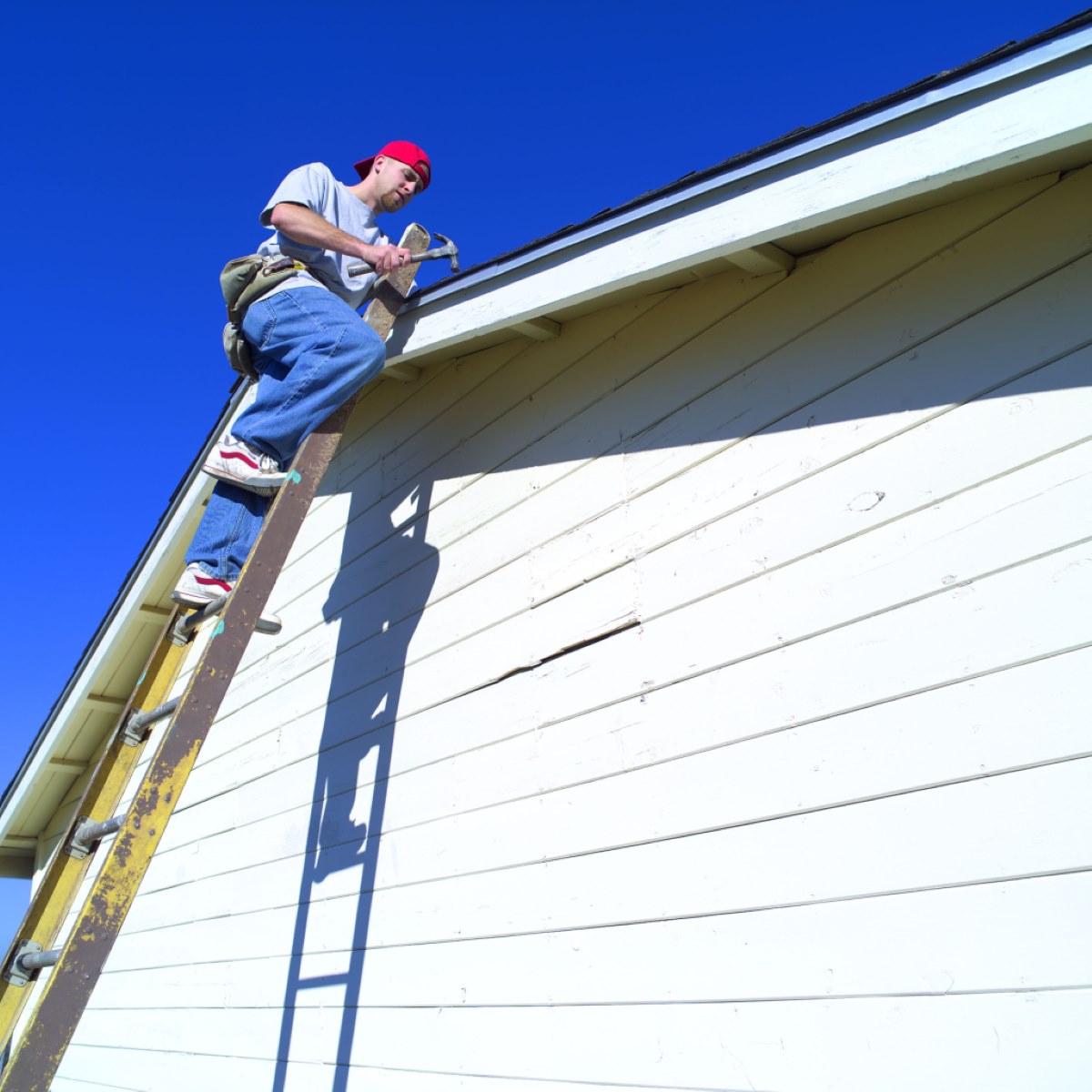

Articles
How Far Above The Roof Should A Ladder Extend
Modified: April 23, 2024
Discover the proper ladder safety guidelines with this informative article. Learn how high a ladder should extend above the roof to ensure safety.
(Many of the links in this article redirect to a specific reviewed product. Your purchase of these products through affiliate links helps to generate commission for Storables.com, at no extra cost. Learn more)
Introduction
Ladders are essential tools used in various industries and household tasks to reach elevated areas safely and efficiently. However, using a ladder improperly can lead to accidents and injuries. One crucial factor to consider when using a ladder is the proper extension above the roofline. Many individuals underestimate the importance of this aspect, not realizing the potential hazards it poses.
In this article, we will delve into the significance of extending a ladder above the roofline, factors to consider, safety recommendations, different types of ladders and their extension heights, common mistakes to avoid, and the importance of proper ladder extension in ensuring personal safety and preventing property damage.
Without a doubt, understanding the appropriate extension height of a ladder above the roof is crucial for a variety of reasons. When a ladder is not extended adequately, it can pose several safety risks. For instance, insufficient extension may not provide a stable base for climbing, causing the ladder to wobble or tip over. This can result in severe injuries to the person using the ladder, as well as potential damage to the structure they are working on.
Another aspect to consider is the stability and weight distribution of the ladder. By extending the ladder beyond the roofline, you ensure that it remains secure and properly balanced. This is especially important when working on sloped or uneven surfaces, where a ladder that doesn’t extend above the roofline may create an unsteady foothold.
Moreover, extending a ladder above the roofline allows for easy access to the roof itself. Whether it’s for cleaning gutters, repairing shingles, or conducting inspections, having a ladder that extends beyond the roofline provides a safer and more efficient means of reaching the desired area.
It’s worth noting that the specific height at which a ladder should extend above the roofline depends on various factors, including the type of ladder being used and the specific task at hand. It is crucial to take these factors into consideration to ensure optimal safety and productivity.
In the following sections, we will explore in detail the different factors to consider when determining the appropriate ladder extension, provide safety recommendations to follow, discuss the various types of ladders and their recommended extension heights, highlight common mistakes to avoid, and emphasize the importance of proper ladder extension in preventing accidents and damage.
Key Takeaways:
- Proper ladder extension above the roofline is crucial for stability, safety, and easy access to elevated areas, reducing the risk of accidents and property damage.
- Factors such as roof angle, task requirements, ladder type, and user comfort should be considered to determine the appropriate ladder extension height, ensuring a safe and efficient working experience above the roofline.
Importance of Proper Ladder Extension
Proper ladder extension is of utmost importance when it comes to ensuring the safety of individuals using ladders. When a ladder is not extended adequately above the roofline, it can lead to a range of hazards and potential accidents. Let’s delve into the significance of proper ladder extension and why it should not be overlooked.
1. Stability and Balance: Extending a ladder above the roofline provides increased stability and balance. It ensures that the ladder is firmly held in place and prevents it from slipping or wobbling while in use. This is particularly essential when working on uneven or sloped surfaces, where a ladder that doesn’t extend above the roofline may result in an unstable foothold. By having the ladder extended to the appropriate height, you create a solid foundation for safe and secure climbing.
2. Easy Access to the Roof: Whether you’re performing maintenance tasks or inspecting the roof, having a ladder that extends above the roofline makes accessing the roof much easier. It provides a convenient and stable means of reaching elevated areas without the need for overreaching or standing on the top rung, which can significantly increase the risk of accidents.
3. Increased Safety: Proper ladder extension significantly reduces the risk of falls and injuries. When a ladder is not extended enough, individuals may be tempted to stand on the top rung or step, disregarding the ladder’s guidelines and putting themselves in harm’s way. By extending the ladder above the roofline, you create a safer working environment by ensuring that individuals can climb the ladder properly, maintaining three points of contact and keeping their feet supported on the ladder rungs.
4. Prevention of Property Damage: Insufficient ladder extension can also result in property damage, especially when working on a roof or near delicate areas, such as windows or gutters. When a ladder doesn’t extend above the roofline, it can scrape against the roof surface or cause unintentional damage to the structure. By extending the ladder appropriately, you minimize the risk of accidentally damaging the roof or other structures while performing tasks.
5. Compliance with Regulations: Many industries, such as construction and maintenance, have specific regulations and guidelines regarding ladder safety. Ensuring that the ladder is extended above the roofline is often a requirement to meet these regulations. By complying with these standards, you demonstrate your commitment to safety and reduce the likelihood of any legal or compliance issues.
Remember, proper ladder extension is not a suggestion, but a fundamental aspect of ladder safety. By ensuring that the ladder extends above the roofline, you provide a stable base, easy access to elevated areas, enhanced safety, and prevent property damage. Take the time to assess the ladder extension requirements based on the specific task and ladder type to ensure optimal safety and productivity.
Factors to Consider
When determining the appropriate ladder extension above the roofline, several factors should be taken into consideration. These factors can help ensure the safety and effectiveness of using the ladder for various tasks. Let’s explore the key factors to consider when determining ladder extension height.
1. Roof Angle and Slope: The angle and slope of the roof play a crucial role in determining the ladder extension height. Steeper roofs may require a greater ladder extension to maintain stability and provide a secure foothold. It’s important to assess the slope of the roof and adjust the ladder extension accordingly to ensure safe and comfortable positioning.
2. Task Requirements: The type of task you are performing on the roof will also influence the ladder extension height. Different tasks require varying levels of access and stability. For example, cleaning gutters might require a shorter extension, while conducting roof repairs or inspections may require a ladder that extends higher to provide suitable access to the entire roof surface.
3. Ladder Type and Specifications: The type of ladder being used will determine the recommended extension height. For example, extension ladders are designed to extend fully and have specific guidelines for extension ratios. A-frame or step ladders, on the other hand, may have different extension considerations. Refer to the ladder’s manufacturer specifications and guidelines for the appropriate extension height for the specific ladder type.
4. User Comfort and Safety: The comfort and safety of the user should be a priority when determining ladder extension. The ladder should be extended to a height that allows individuals to climb and maintain three points of contact, ensuring stability and reducing the risk of falls. Overextending the ladder can be just as dangerous as not extending it enough, so finding the right balance is crucial.
5. Environmental Factors: Environmental conditions, such as wind and weather, should also be taken into account. Strong winds can affect ladder stability, making it imperative to have a ladder extension that compensates for potential lateral movement. Additionally, slippery or wet surfaces may require a slightly higher ladder extension to ensure a secure foothold.
6. Safety Standards and Regulations: It’s essential to comply with safety standards and regulations when determining ladder extension heights. Different industries and jurisdictions may have specific guidelines in place to ensure the safety of individuals working at heights. Familiarize yourself with these standards and adhere to them to maintain a safe working environment.
By carefully considering these factors, you can determine the appropriate ladder extension height that ensures stability, safety, and efficiency for the task at hand. Taking the time to assess these factors before climbing a ladder can significantly reduce the risk of accidents and injuries.
Safety Recommendations
When using a ladder and extending it above the roofline, it is crucial to prioritize safety to protect yourself and others. Follow these safety recommendations to ensure a secure and accident-free experience:
1. Choose the Right Ladder: Select a ladder that is suitable for the task at hand and meets the necessary height requirements. Consider factors such as weight capacity, ladder type, and material strength to ensure stability and safety.
2. Inspect the Ladder: Before using the ladder, thoroughly inspect it for any damage, such as cracks, loose rungs, or bent parts. Ensure that the ladder is in proper working condition to prevent accidents caused by structural weaknesses.
3. Position the Ladder Properly: Place the ladder on a stable and level surface. Use ladder stabilizers or levelers if necessary to prevent wobbling or slipping. Avoid positioning the ladder on slippery, uneven, or soft surfaces that may compromise stability.
4. Extend the Ladder Adequately: Follow the ladder manufacturer’s guidelines and recommendations for extending the ladder above the roofline. Ensure that the ladder is extended to a height that allows for safe and secure climbing without overreaching.
5. Secure the Ladder: Use ladder stabilizers, ties, or anchors to secure the ladder and prevent it from shifting or sliding during use. This is particularly important when working on sloped surfaces or in windy conditions.
6. Maintain Three Points of Contact: Always maintain three points of contact with the ladder when climbing or descending. Have both feet and one hand or both hands and one foot in contact with the ladder at all times to ensure stability.
7. Use Proper Climbing Techniques: Avoid rushing or making sudden movements when climbing the ladder. Ascend and descend the ladder facing it directly, rather than sideways or with your back towards it. Use the ladder’s rungs or steps, not the side rails or unsupported areas, for support.
8. Dress Appropriately: Wear appropriate footwear with non-slip soles to ensure a firm grip on ladder rungs. Avoid loose clothing, as it can get caught in the ladder, potentially causing accidents. Additionally, consider wearing a helmet and other personal protective equipment (PPE) if required for the task.
9. Be Mindful of Weather Conditions: Take weather conditions into account when working with ladders. Avoid using ladders during extreme weather, such as heavy rain, strong winds, or lightning storms. Wet or icy conditions can make ladder surfaces slippery, so exercise caution in such situations.
10. Never Overload the Ladder: Understand the ladder’s weight capacity and avoid exceeding it. Do not carry excessive tools or materials while climbing the ladder, as added weight can destabilize it and increase the risk of accidents.
11. Use a Spotter if Possible: If the task requires it or if you feel uncomfortable, have someone on the ground act as a spotter. They can help ensure ladder stability, assist with equipment, or provide immediate assistance in case of an emergency.
Remember, safety should always be the top priority when using ladders. By following these recommendations, you can minimize the risks associated with ladder use and create a safer working environment above the roofline.
A ladder should extend at least 3 feet above the roof line for safe and easy access. This provides a secure handhold for getting on and off the roof.
Different Types of Ladders and Extension Heights
There are various types of ladders available, each designed to serve different purposes and accommodate specific extension heights. Understanding the recommended extension heights for different ladder types is crucial for ensuring safety and efficiency. Let’s explore some of the most common ladder types and their corresponding extension heights:
1. Extension Ladders: Extension ladders are the most commonly used ladders when working above the roofline. These ladders consist of two or more sections that can be extended to reach higher heights. Typically, a general guideline for extension ladder height is to have at least three feet of overlap between ladder sections when fully extended. For example, a 20-foot extension ladder should be extended around 17-18 feet above the roofline to maintain stability and accessibility.
2. A-Frame Ladders: A-Frame ladders, also known as step ladders, are self-supporting and do not require leaning against a surface for stability. The recommended extension height for A-frame ladders is to have the top rung or step above the roofline by at least three feet. This ensures that individuals have a stable and secure platform to work from without overreaching.
3. Telescopic Ladders: Telescopic ladders are portable and retractable, making them ideal for tasks that require easy transportation and adjustability. While extension height can vary depending on the specific model, a general recommendation is to have the top rung or step extended three feet above the roofline for stability and secure footing.
4. Attic Ladders: Attic ladders are designed specifically for accessing attics or crawl spaces. They usually come with a specific extension height recommendation provided by the manufacturer. It is essential to follow these guidelines and ensure that the ladder extends sufficiently to provide safe and comfortable access to the attic space.
5. Platform Step Ladders: Platform step ladders are characterized by a large, sturdy platform at the top, providing a spacious working area. The extension height for platform step ladders should follow the same principles as traditional A-frame ladders, with the top platform positioned at least three feet above the roofline.
Remember that the specific extension height may vary depending on the manufacturer’s recommendations and the nature of the task. Always refer to the ladder’s guidelines and instructions for the recommended extension heights to ensure optimal safety and stability.
When working with any type of ladder, it’s important to consider other factors discussed earlier, such as roof angle, task requirements, and user comfort. By taking these factors into account, you can determine the appropriate extension height for the specific ladder type and task, ensuring a safe and efficient working experience above the roofline.
Read more: How Far Should Gutters Extend Past The Roof
Common Mistakes to Avoid
Using ladders above the roofline comes with inherent risks, and making mistakes can amplify these risks, potentially leading to accidents and injuries. To ensure a safe ladder experience, it’s crucial to avoid common mistakes that may compromise stability and increase the likelihood of accidents. Let’s explore some of these mistakes and how to steer clear of them:
1. Insufficient Ladder Extension: Failing to extend the ladder above the roofline adequately is a common mistake. This can result in an unstable footing and increase the risk of falls. Always follow the ladder manufacturer’s recommendations and guidelines for the appropriate extension height based on the specific ladder type and task at hand.
2. Overextending the Ladder: On the other hand, overextending the ladder beyond the recommended height is also problematic. This can lead to a lack of stability and compromise the ladder’s integrity. Strive for the right balance by adhering to the ladder manufacturer’s extension guidelines.
3. Placing the Ladder on an Unstable Surface: Positioning the ladder on an unstable or uneven surface is a recipe for disaster. Ensure that the ladder is placed on a stable, level ground. If necessary, use ladder stabilizers or levelers to prevent wobbling or slipping of the ladder’s base.
4. Ignoring Weight Capacity: Each ladder has a specific weight capacity that should never be exceeded. Overloading the ladder with excessive weight can compromise its stability and structural integrity. Always check the ladder’s weight capacity and avoid carrying more than the recommended load.
5. Climbing the Ladder Carelessly: Rushing while climbing the ladder, making sudden movements, or failing to maintain three points of contact (both feet and one hand or both hands and one foot) can result in slips or falls. Climb the ladder slowly and deliberately, maintaining a firm grip on the ladder’s rungs or steps.
6. Neglecting Proper Footwear: Wearing improper footwear, such as slippery or unsupportive shoes, can increase the risk of accidents. Wear sturdy, non-slip footwear with proper traction to ensure a secure grip on the ladder rungs and minimize the chances of slipping.
7. Overreaching or Leaning Off the Ladder: Overreaching or leaning too far away from the ladder is a common mistake that can cause imbalance and falls. Always keep your body centered within the ladder and avoid leaning to one side or stretching too far to reach objects or areas.
8. Performing Tasks in Unsafe Weather Conditions: Working on a ladder above the roofline during adverse weather conditions, such as in heavy rain, strong winds, or lightning storms, is extremely risky. Avoid using ladders in these conditions, as it can compromise your safety and increase the chances of accidents.
9. Improper Storage and Maintenance: Inadequate storage and maintenance of ladders can lead to structural damage and compromised stability. Store ladders in a clean and dry area, away from any harmful elements. Regularly inspect and maintain the ladder, checking for any signs of wear or damage, and promptly addressing any issues.
10. Disregarding Safety Equipment: Personal protective equipment (PPE) such as helmets, safety harnesses, or safety goggles should be worn when required by the task or industry standards. Neglecting the use of appropriate safety equipment can increase the risk of injuries.
By being aware of these common mistakes and actively avoiding them, you can significantly enhance ladders’ safety above the roofline. Always prioritize caution, follow proper ladder usage guidelines, and maintain a vigilant stance to ensure a secure and accident-free ladder experience.
Conclusion
Proper ladder extension above the roofline is essential for ensuring safety, stability, and efficiency when working at heights. By understanding the importance of ladder extension and considering various factors, you can minimize the risk of accidents and injuries. It is crucial to choose the right ladder for the task, inspect it for any damages, and position it correctly on a stable surface.
Considering factors such as roof angle, task requirements, ladder type, and user comfort helps determine the appropriate extension height. Following safety recommendations, such as maintaining three points of contact, using proper climbing techniques, and wearing appropriate footwear, further enhances ladder safety above the roofline.
Remember to avoid common mistakes, including insufficient or overextension of the ladder, placing it on unstable surfaces, neglecting weight capacity, and careless climbing practices. By being mindful of these mistakes, you can significantly reduce the risk of accidents and maintain a secure working environment.
Understanding the recommended extension heights for different ladder types, including extension ladders, A-frame ladders, telescopic ladders, attic ladders, and platform step ladders, ensures proper ladder usage. Always refer to manufacturer guidelines and recommendations for the specific ladder type you are working with.
In conclusion, proper ladder extension above the roofline is not a choice but a necessity when it comes to safety. It provides stability, access to elevated areas, and minimizes the risk of falls and property damage. By following safety recommendations, avoiding common mistakes, and adhering to ladder-specific guidelines, you can ensure a secure and efficient ladder experience above the roofline.
Make ladder safety a priority and always prioritize caution and adherence to guidelines. By doing so, you can confidently work at heights and prevent accidents, protecting yourself and those around you.
Frequently Asked Questions about How Far Above The Roof Should A Ladder Extend
Was this page helpful?
At Storables.com, we guarantee accurate and reliable information. Our content, validated by Expert Board Contributors, is crafted following stringent Editorial Policies. We're committed to providing you with well-researched, expert-backed insights for all your informational needs.

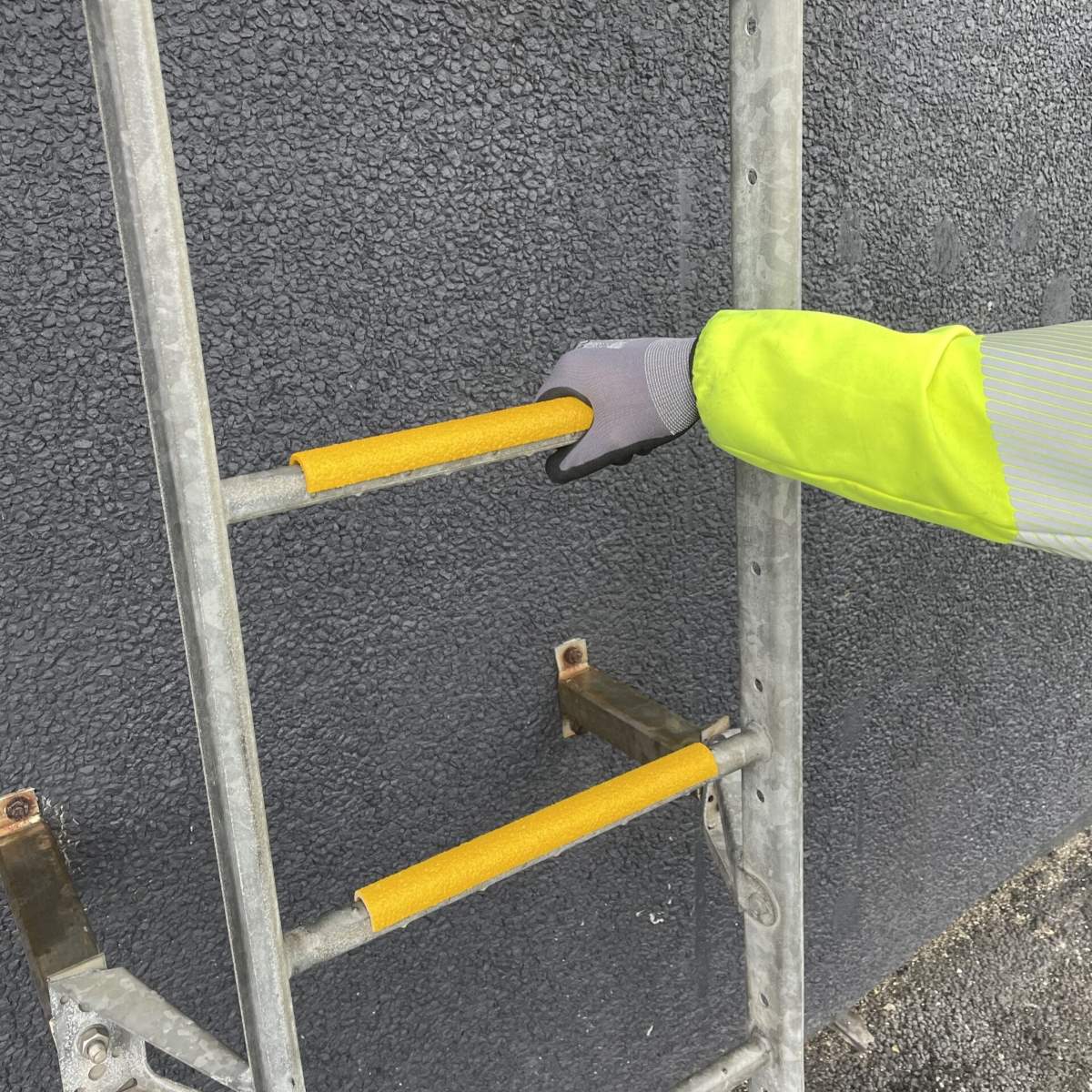
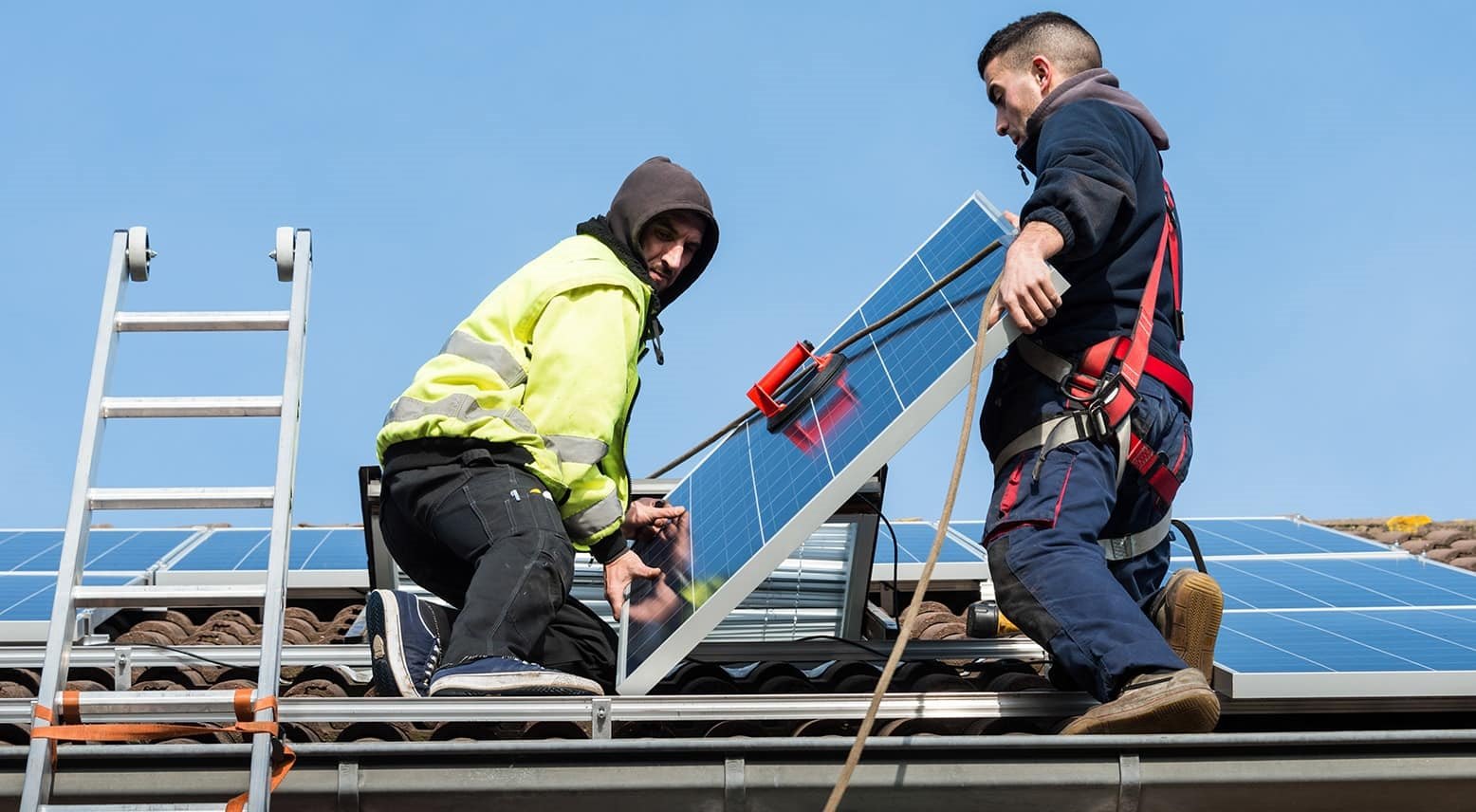

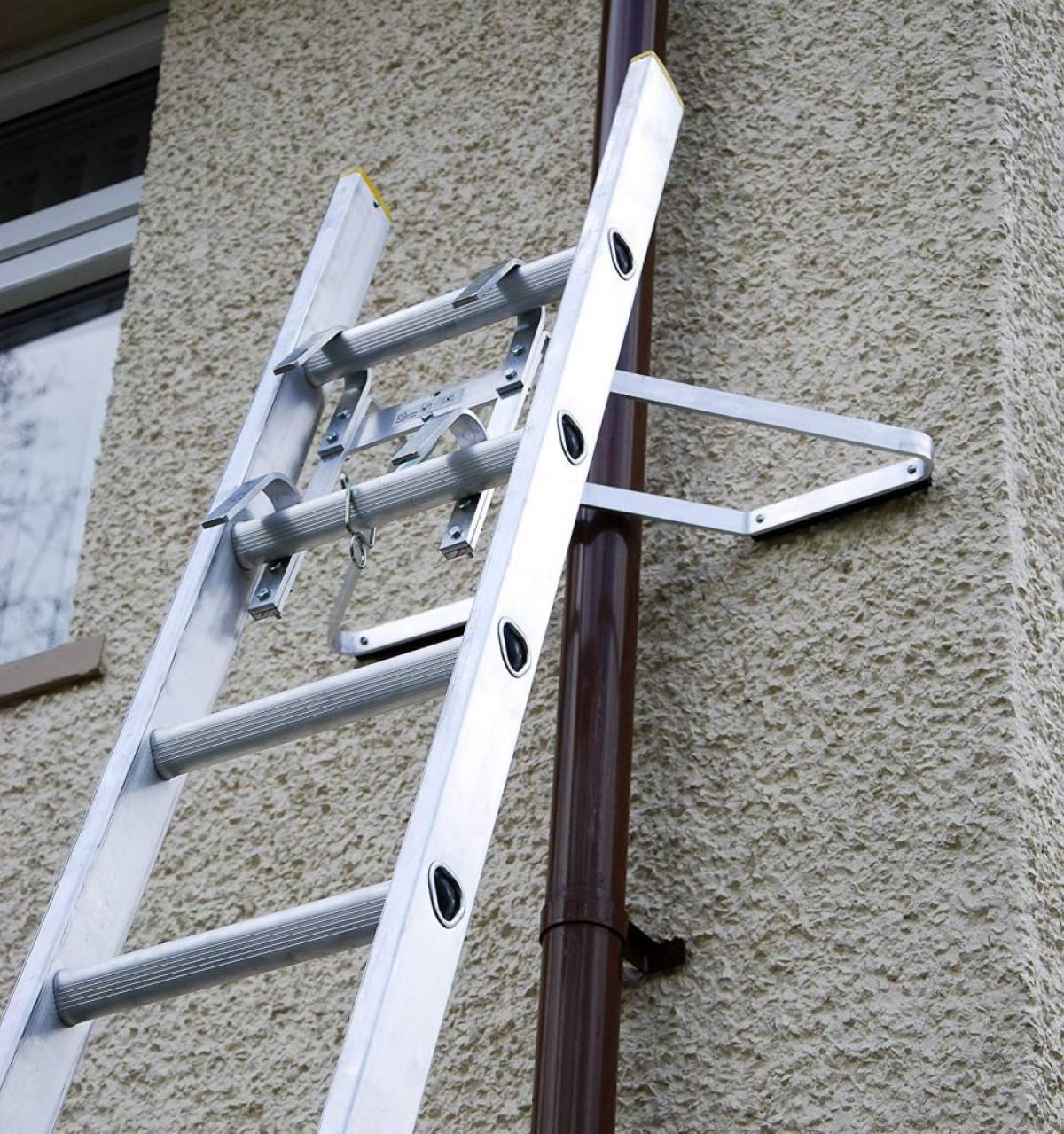
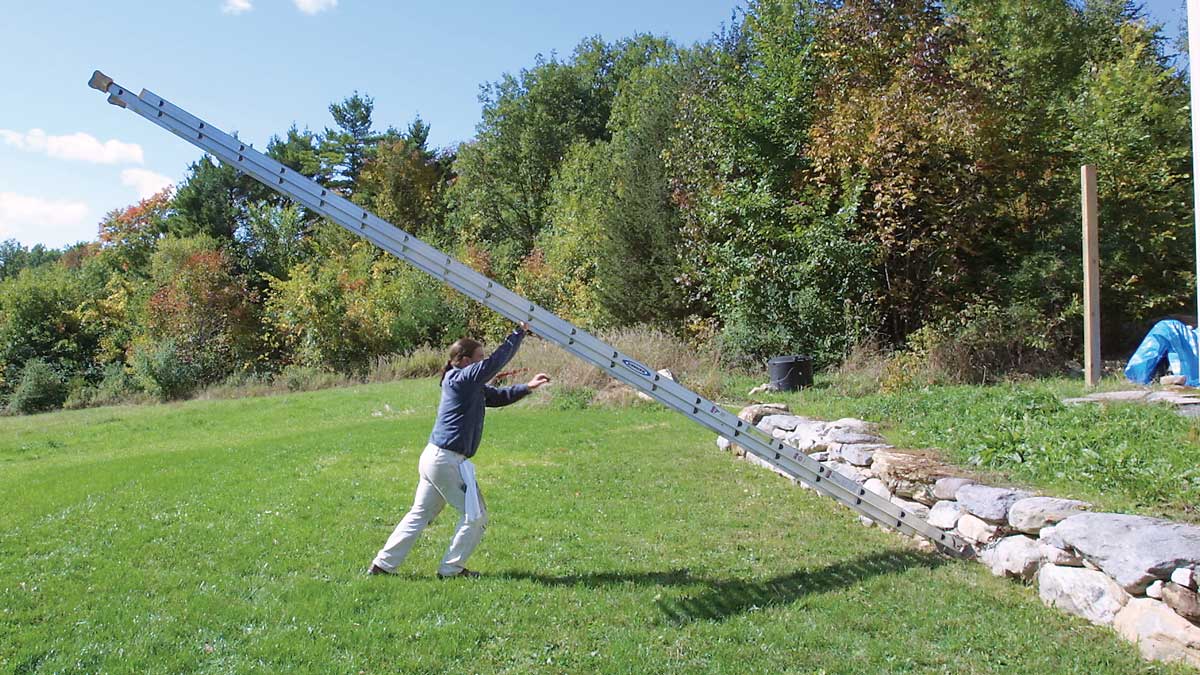


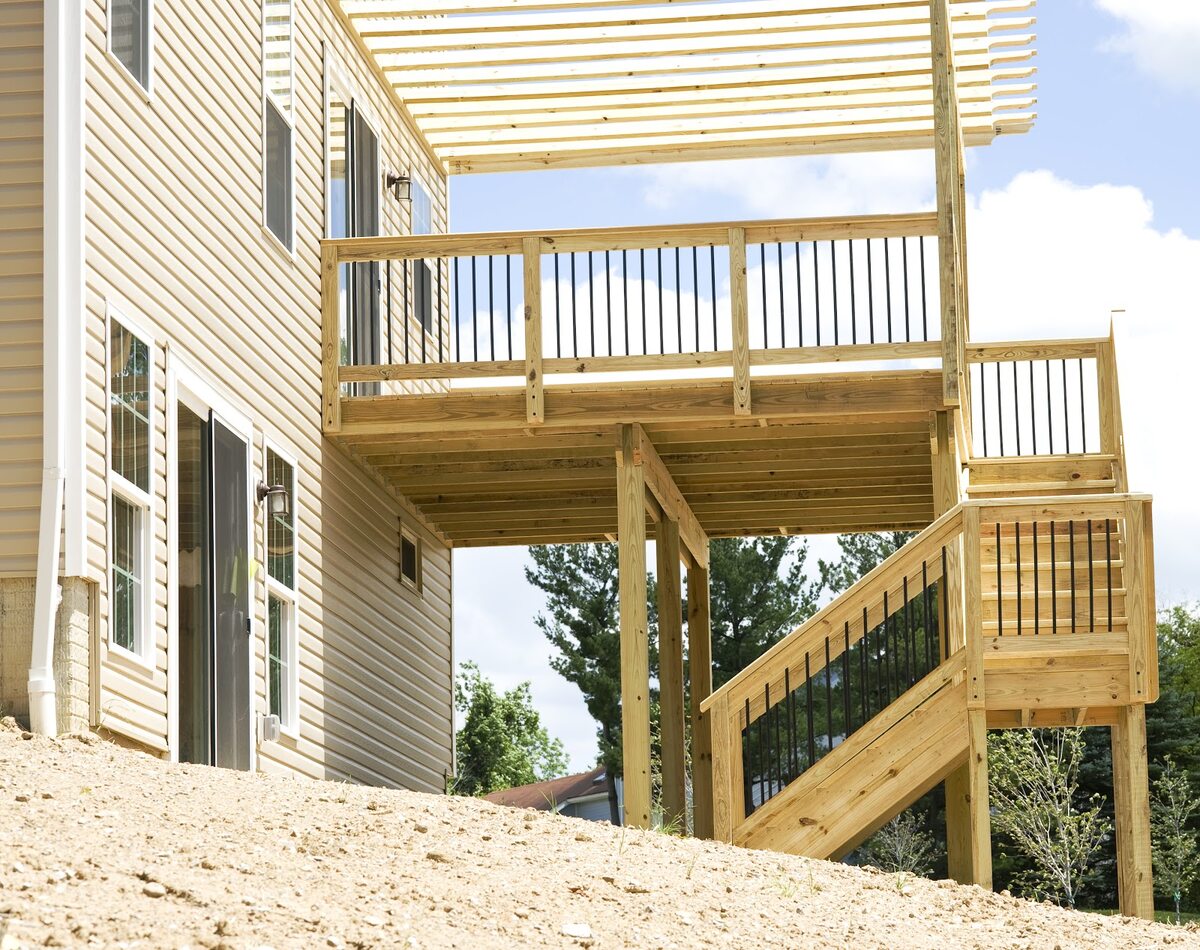


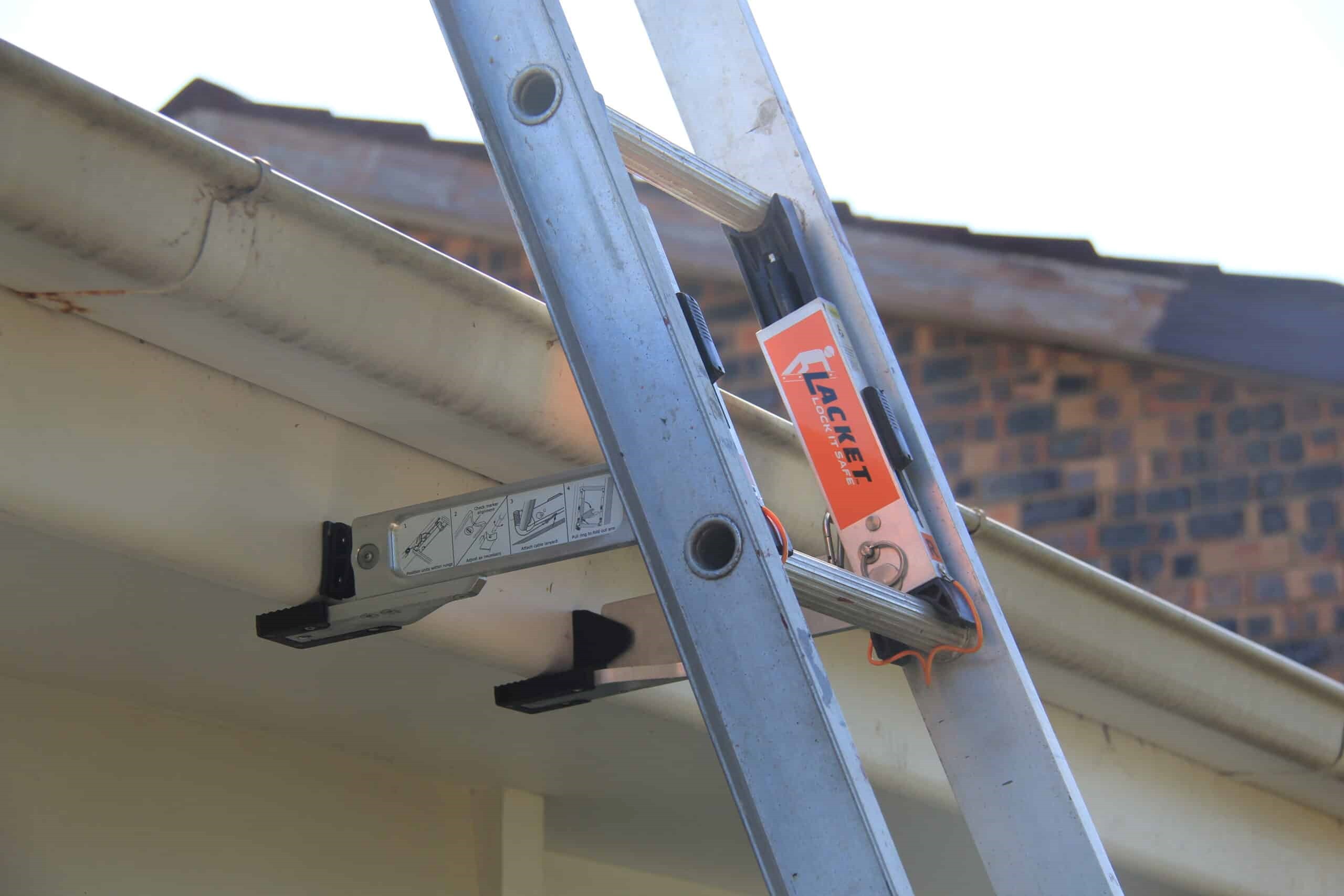
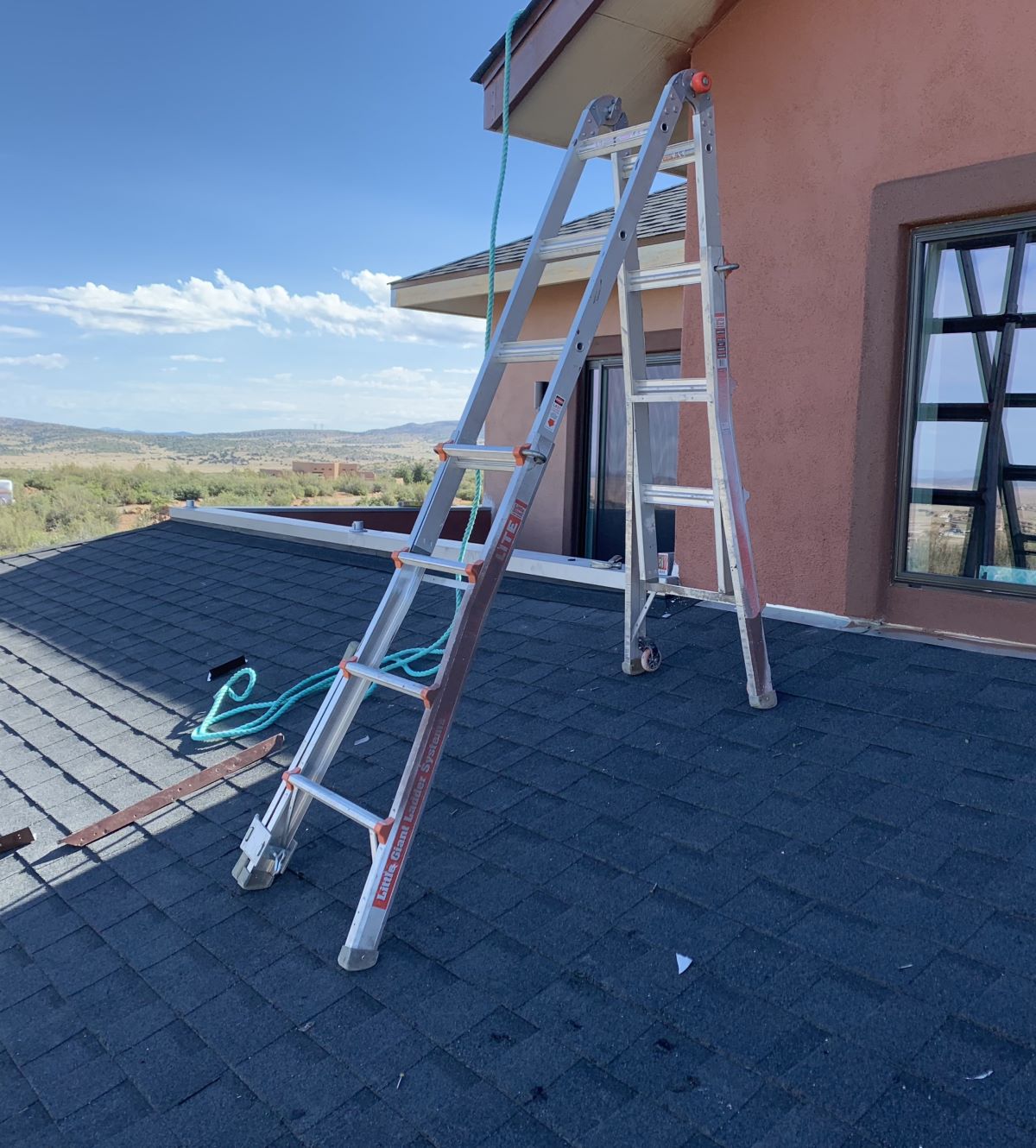


0 thoughts on “How Far Above The Roof Should A Ladder Extend”